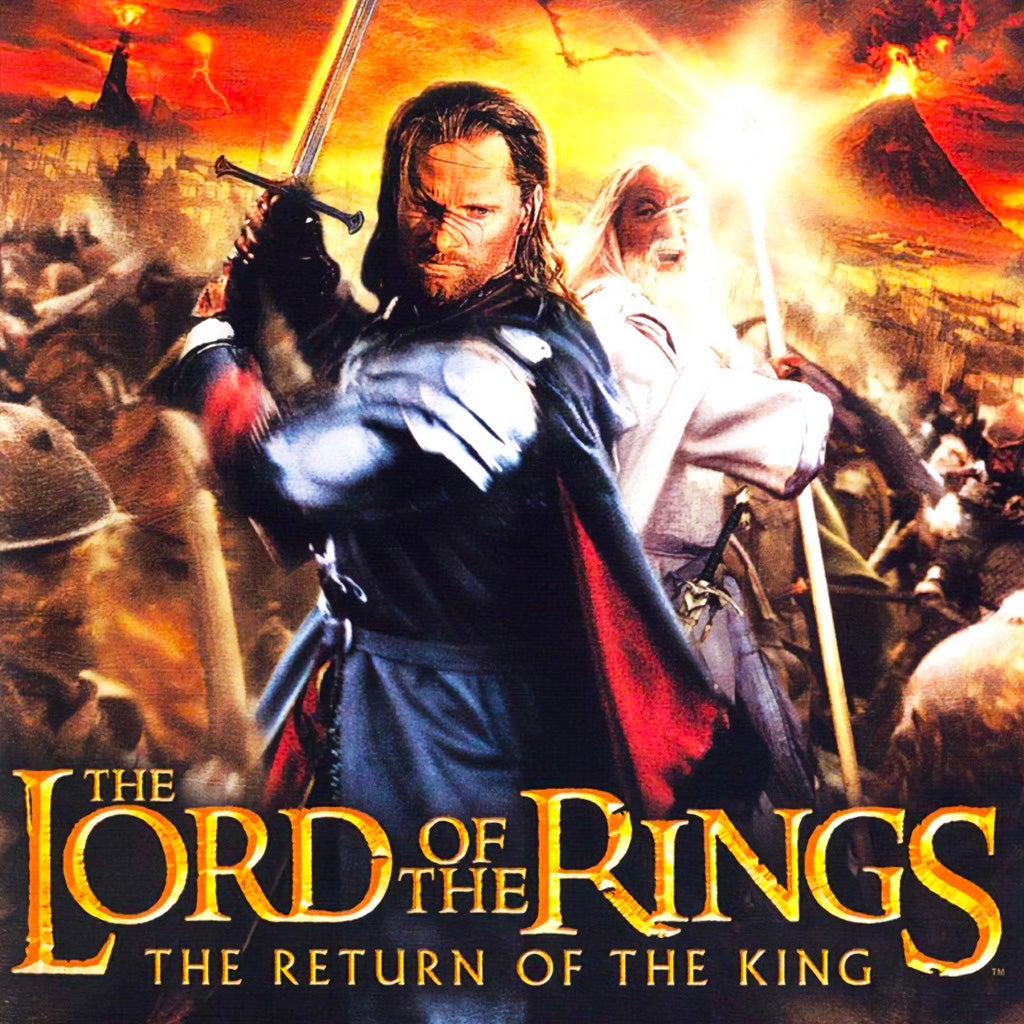Describe the role of Movie Ratings and Censorship
Explore the significance of movie ratings and censorship in the film industry. Learn how they shape our viewing experiences.

The Influence of Movie Ratings and Censorship
The world of movies is a fascinating realm that has the power to captivate and inspire audiences worldwide. From the magic of storytelling to the artistry of filmmaking, movies have the ability to transport us to different worlds, evoke emotions, and provoke thought. However, behind the glitz and glamour of the silver screen lies a complex system of movie ratings and censorship that plays a significant role in shaping the content we see.
Movie ratings and censorship have a profound influence on the film industry, filmmakers, and audiences alike. These systems are designed to provide guidance and ensure that movies are suitable for specific age groups, taking into consideration factors such as violence, language, and sexual content. By assigning ratings such as G, PG, PG-13, R, and NC-17, movie rating boards aim to protect the interests of different audience demographics.
The impact of movie ratings extends far beyond just guiding viewers. It can determine the reach and distribution of a film, affecting its potential audience and commercial success. Films with a higher rating, such as an R or NC-17, may face more limited theatrical releases or struggle to secure advertising and promotional opportunities. On the other hand, movies with a lower rating, such as G or PG, often have a broader appeal and can attract a wider range of viewers.
Censorship, another crucial aspect of the film industry, involves the restriction or alteration of content deemed offensive or inappropriate by governing bodies. This can vary from country to country, with different cultural, political, and moral values shaping the censorship standards. The extent of censorship can significantly impact the creative freedom of filmmakers, potentially altering the intended message or artistic vision of a movie.
Moreover, discussions surrounding movie ratings and censorship raise important questions about freedom of expression, artistic integrity, and the role of societal norms in shaping what we see on screen. While these systems aim to protect audiences, they also raise debates about the subjective nature of rating decisions and the potential for biases or inconsistencies.
In this blog post series, we will delve deeper into the world of movie ratings and censorship, exploring their historical context, examining their impact on the film industry, and analyzing the broader implications for society. From controversial cases to success stories, we will uncover the power and influence behind movie ratings and censorship, shedding light on an often overlooked aspect of the cinematic experience. Join us on this journey behind the scenes as we unearth the complexities and significance of these systems in shaping the movies we watch.
The history of Movie Ratings and Censorship
The history of movie ratings and censorship is a fascinating journey into the evolution of public perception, cultural norms, and the power dynamics that govern the film industry. From the early days of cinema to the present, the way movies are rated and censored has played a significant role in shaping the content we consume.
It all began in the early 20th century when movies started gaining popularity as a form of entertainment. Concerns quickly arose about the potential impact of certain themes, explicit content, and violence on audiences, particularly children. In response to these concerns, various organizations and government bodies emerged to regulate and classify films.
One of the first notable instances of movie censorship was the establishment of the Motion Picture Production Code, also known as the Hays Code, in 1930. This code laid down strict guidelines for filmmakers, dictating what content was deemed acceptable and what should be avoided. It aimed to maintain moral standards and uphold conservative values in films, effectively censoring any material that challenged societal norms.
However, as societal attitudes began to shift and the boundaries of artistic expression expanded, the Hays Code became increasingly obsolete. In the late 1960s, amid growing pressure and changing cultural landscape, the Motion Picture Association of America (MPAA) introduced a new rating system that offered more flexibility and transparency.
The MPAA's rating system, established in 1968, classified films into categories such as G (General Audiences), PG (Parental Guidance), R (Restricted), and NC-17 (No One 17 and Under Admitted). This system allowed filmmakers to explore more mature themes and explicit content while providing audiences with a clearer understanding of a film's suitability.
Over the years, the rating system has undergone revisions and refinements to adapt to the evolving societal standards and the ever-changing landscape of filmmaking. The advent of the internet and streaming platforms further challenged traditional modes of censorship, presenting new challenges in regulating and classifying content.
Today, movie ratings and censorship continue to spark debates and discussions around the world. While some argue that strict regulations are necessary to protect vulnerable audiences from harmful content, others advocate for artistic freedom and the importance of allowing filmmakers to explore diverse perspectives.
Understanding the history of movie ratings and censorship provides valuable insights into the power dynamics between filmmakers, regulatory bodies, and the audiences they serve. It highlights the delicate balance between protecting societal values and preserving artistic expression, ultimately shaping the cinematic landscape we experience today.
The role of movie ratings boards and organizations
Movie ratings boards and organizations play a crucial role in the film industry, shaping the way movies are classified and presented to audiences. These boards are responsible for evaluating the content of films and assigning appropriate ratings that indicate the age suitability and content warnings for viewers.
One of the most well-known movie ratings boards is the Motion Picture Association (MPA) in the United States. The MPA assigns ratings such as G, PG, PG-13, R, and NC-17 to movies based on their content. These ratings serve as a guide for parents and viewers to make informed decisions about the movies they watch.
The purpose of movie ratings is to provide clarity and transparency regarding the content of films and to protect vulnerable audiences, particularly children, from exposure to inappropriate material. Ratings boards carefully review aspects like violence, language, sexual content, drug use, and thematic elements to determine the most suitable rating for a film.
In addition to the MPA, many countries have their own ratings boards and organizations that evaluate films according to their cultural and societal norms. For example, the British Board of Film Classification (BBFC) in the United Kingdom and the Central Board of Film Certification (CBFC) in India are responsible for classifying movies and ensuring compliance with local regulations.
These ratings boards and organizations not only provide guidance to audiences but also influence the distribution and marketing strategies of movies. A higher rating may restrict the target audience and impact a film's box office potential, while a lower rating may attract a broader viewership.
While movie ratings are essential for protecting viewers' interests, they can also spark debates and controversies. Filmmakers sometimes question the decisions made by ratings boards, arguing that their artistic vision is compromised or that certain aspects are misunderstood or misinterpreted.
Despite these criticisms, movie ratings boards and organizations continue to play a vital role in the film industry, striking a balance between artistic expression and audience protection. By providing clear guidelines and warnings, these boards empower viewers to make informed choices and engage with movies that align with their preferences and sensibilities.
The impact of movie ratings on audience perception and behavior
Movie ratings have a significant impact on audience perception and behavior. These ratings serve as a guide for viewers, providing them with information about the content and suitability of a movie. Whether it's the familiar G, PG, PG-13, R, or even the more specific content descriptors like violence, language, or sexual content, these ratings play a crucial role in shaping how audiences approach films.
For many moviegoers, the rating acts as a filter, helping them make informed decisions about which movies to watch. Parents, in particular, rely heavily on ratings to determine if a movie is appropriate for their children. A movie with a G rating is often seen as safe, while an R-rated film may be considered unsuitable for younger audiences. As a result, families tend to gravitate towards movies with lower ratings, ensuring a more comfortable and age-appropriate viewing experience.
Moreover, movie ratings can influence the overall perception of a film. A high rating, such as a PG-13 or R, can create an expectation of quality or maturity. It can signal to audiences that the movie tackles complex themes, includes intense action sequences, or contains thought-provoking content. On the other hand, a lower rating might suggest a lighter, more family-friendly storyline.
Not only do movie ratings impact viewers' initial decision-making process, but they also shape audience behavior after the movie is released. Films with higher ratings, especially those restricted to older audiences, often experience a narrower target market. This can affect box office performance and marketing strategies. Conversely, movies with more accessible ratings have the potential to attract a wider audience, increasing their chances of commercial success.
Furthermore, the impact of movie ratings extends beyond the viewers themselves. Filmmakers and studios are well aware of how ratings can affect their movie's reception and profitability. They may make creative decisions based on the desired rating, deliberately toning down or enhancing certain elements to meet specific guidelines. This intricate dance between content creators and ratings boards highlights the influential role that movie ratings play in shaping the final product that reaches audiences.
In conclusion, movie ratings have a profound impact on audience perception and behavior. They help viewers navigate the vast landscape of films, ensuring that they make informed choices about what they watch. These ratings also influence how movies are perceived, shaping audience expectations and determining the target market. Additionally, filmmakers consider ratings during the creative process, further highlighting the significant role that movie ratings play in the world of cinema.
Controversies and debates surrounding movie ratings and censorship
Controversies and debates surrounding movie ratings and censorship have been a long-standing topic of discussion within the film industry and society as a whole. The subject sparks passionate arguments on both sides, with proponents of stricter censorship arguing for the protection of vulnerable audiences and the preservation of societal values, while advocates for less censorship emphasize the importance of artistic freedom and the right to access diverse and challenging content.
One of the key controversies revolves around the question of who gets to decide what is appropriate for audiences. Movie rating boards and censorship bodies often face criticism for their subjective judgments and potential biases. Critics argue that the criteria used to evaluate films can be inconsistent, leading to perceived inconsistencies in what is deemed acceptable or offensive. This lack of transparency can fuel frustration and skepticism among filmmakers and audiences alike.
Another source of contention is the impact of movie ratings on the industry. Some filmmakers argue that restrictive ratings can limit their creative choices and hinder their ability to tackle important and sensitive subjects. This can result in self-censorship, as filmmakers may modify or tone down their work to conform to a desired rating. On the other hand, supporters of censorship argue that certain content, particularly explicit or violent material, should be restricted to protect audiences, especially children, from potentially harmful influences.
Furthermore, the digital age has brought new challenges and complexities to the issue of movie ratings and censorship. The accessibility of content through online platforms has raised questions about the effectiveness and relevance of traditional rating systems. With the proliferation of streaming services and user-generated content, there is a growing need to adapt regulations and guidelines to the rapidly evolving landscape of media consumption.
Ultimately, the controversies and debates surrounding movie ratings and censorship reflect the complex dynamics between freedom of expression, societal values, and the responsibilities of content creators. Striking a balance between protecting audiences and preserving artistic integrity is an ongoing challenge that continues to shape the landscape of the film industry and influence the way we consume and interpret movies.
What's Your Reaction?




















